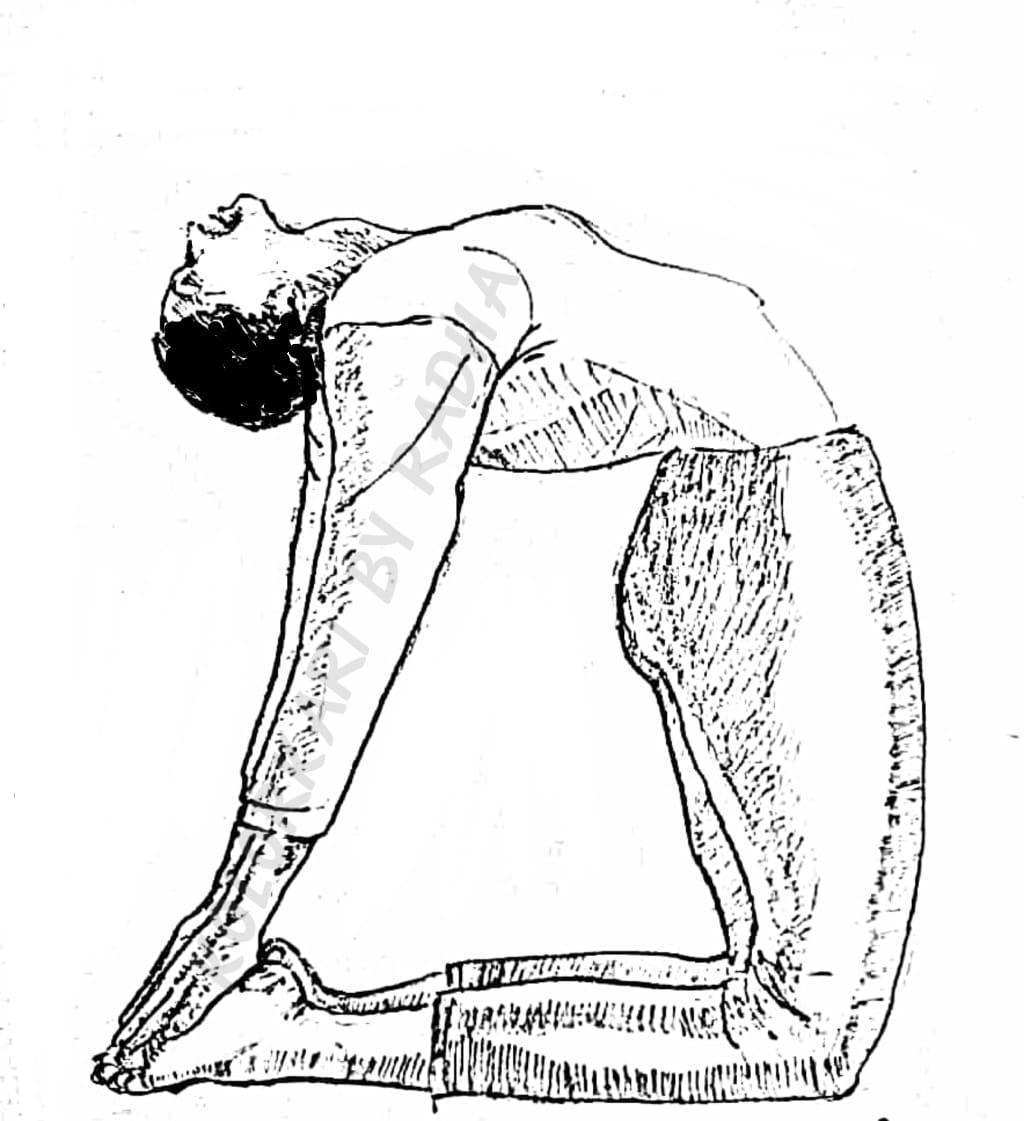
Power yoga is an excellent way to increase your stamina and posture while also burning a lot calories. It also helps to reduce stress levels. But before you sign up to a power yoga class, there are a few things you need to know. If you want to get the most out of power yoga, consider taking it slow and gradually increasing your skill level.
Increases stamina
In a variety of ways, power yoga can improve stamina. While the fast-paced flows of power yoga will test your endurance, the slower flow classes will increase strength and mental stamina.

Improves posture
Power yoga is a form of exercise that works for the whole body. It improves posture and flexibility. Regular yoga practice is a great way to improve your posture.
Burns calories
Power yoga is a fast-paced form of yoga that has many benefits. It can help you burn calories, increase flexibility, and build muscle. This type of exercise is great for losing weight and getting in shape. This type of exercise can help you manage stress and quit smoking.
Lowers stress
Power yoga can have many benefits including improved mood and stress reduction. Even a 6-week program can help improve your health and wellbeing. Power yoga can help you increase your endurance and muscle strength. Participants who completed a 10-week program of power yoga reported a greater heart rate variability, and a lower respiratory rate. According to the study, these results indicate that participants experienced less physiological stress and more relaxation. Although power yoga is well-known for its health benefits, very little information exists about the health benefits of other forms of yoga.
Regulate blood pressure
The authors of the study have found that power yoga lowers blood pressure in a significant way. In a meta-analysis they found yoga treatment had a more significant effect on systolic pressures than diastolic. Furthermore, the confidence intervals between them were very narrow.

Improves your sleep
The study's objective was to find out if power yoga improves sleep quality or reduces chronic insomnia symptoms. This was done via a sleep quality assessment, anxiety and depression score, as well their day-to-day sleepiness and fatigue. This study was performed in the Saint-Pierre University Hospital in Brussels.
FAQ
What kind music is played at a yoga studio?
Many yoga studios play soft instrumental music during class. This is intended to create a calm environment conducive to learning.
Some studios prefer upbeat music like hip-hop, jazz and rock.
Be aware of what music you listen to. Music can distract from our practice.
Is 20 minutes a day of yoga enough?
Yoga should not just be exercise. It is a time to look at your life and reflect on how it has changed.
A few years ago, I was introduced to yoga by my friend, who had been practicing it for many years. He told me that he did yoga for 20 minutes each morning, which helped him feel calmer throughout the rest of his day.
I tried it and noticed a significant improvement in my overall wellbeing. Since then I have been practicing yoga on a regular basis and it has helped me to relax and stay focused when I work at my desk.
It is important to find what works best for your needs and set realistic goals. You don't need to spend hours doing yoga each day if it isn't going to help you achieve your goals.
Do I require special equipment for yoga?
Yoga does not require special equipment. Some people prefer to use props like straps, blocks, or blankets.
You can find our Yoga Equipment Guide here if you're looking for these items. We recommend products made of natural materials rather than plastic.
Does yoga have any effect on pain management?
Yoga may be an effective treatment for people who have chronic back pain. They can improve their flexibility, balance, strength, and stress levels.
Before you start a yoga program, make sure to consult your doctor.
Statistics
- According to the Agency for Healthcare Research and Quality, falls are incredibly common among older adults in nursing facilities. Even the simplest ones can increase the risk of death (24). (healthline.com)
- In comparison, a 125-pound person is estimated to burn 135 calories in 30 minutes of walking (at a pace of 15-minute miles) and 210 calories bicycling at a moderate pace on a stationary bike. (everydayhealth.com)
- A 2020 review of 27 studies (1,805 total participants) of yoga interventions in children or adolescents found reductions in anxiety or depression in 70 percent of the studies, with more promising results for anxiety. (nccih.nih.gov)
- Lock in 25% off your Founding Member rate. (corepoweryoga.com)
- The American Psychological Association recently shared that 84% of American adults feel the impact of prolonged stress (5). (healthline.com)
External Links
How To
Can yoga help with menopause symptoms?
Yoga is an ancient Indian practice that focuses on yoga, meditation, and breathing. It has been used for thousands years to help people stay fit. It is becoming increasingly popular as people look for ways to stay fit and healthy in times of stress and illness.
Yoga is based around using physical postures (asanas) to stretch muscles, improve posture and increase flexibility. This can help relieve tension, increase strength, and endurance.
There are many types of yoga: Hatha, Vinyasa flow and Bikram. Each type focuses on specific aspects of the body, such as breath, stretching, and relaxation.
All forms of yoga aim to bring about balance in the mind and body. Yoga can improve your fitness, sleep quality, weight loss and energy levels as well as reduce stress levels.
Yoga may be beneficial in the treatment of anxiety, depression, insomnia, and other conditions. But, it is difficult to prove its effectiveness for other health problems such as menopause symptoms.
Yoga not only makes you happier but also helps you relax and manage stressful situations. This can be useful for women going through menopause.
It is important that you know that yoga can cause soreness in the muscles after exercising. Your doctor should be consulted if you have questions or concerns about your health.